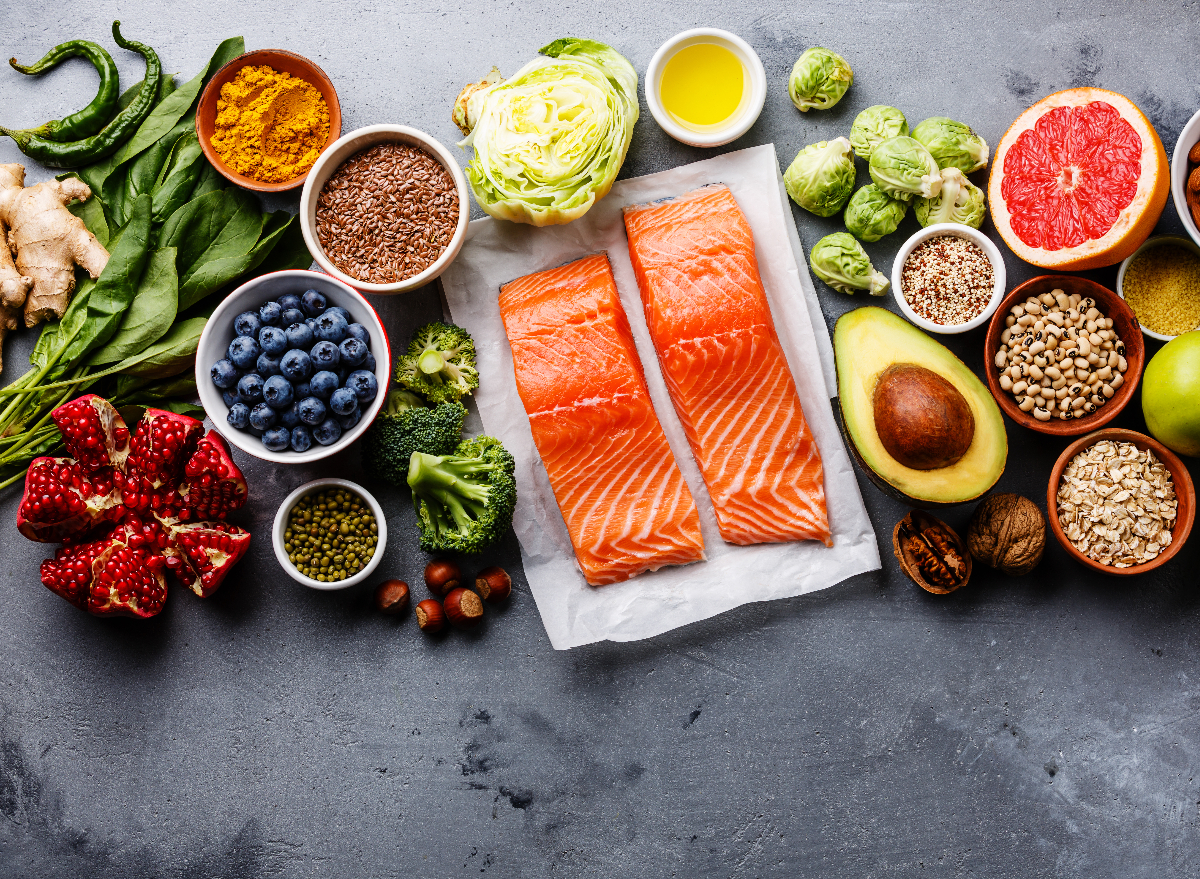Unlocking Health: Navigating the Benefits of Intermittent Fasting

Embark on a transformative journey toward better health with intermittent fasting, a dietary approach gaining popularity for its potential to enhance well-being. Intermittent fasting involves cycling between periods of eating and fasting, with various methods available to suit different lifestyles. While several approaches exist, one of the most widely researched and supported methods is the 16:8 protocol. Let’s explore who can benefit from intermittent fasting, the numerous advantages it offers, potential challenges, and the guidelines on what to eat and what to avoid.
Who Does Intermittent Fasting Fit?
Intermittent fasting is a flexible approach, suitable for a broad audience. It accommodates diverse lifestyles, making it appealing to those looking to improve metabolic health, support weight management, and simplify their eating patterns. The 16:8 method, in particular, involves a daily fasting window of 16 hours and an eating window of 8 hours.
Benefits of Intermittent Fasting:
- Weight Management: Many individuals report successful weight loss and fat loss with intermittent fasting.
- Metabolic Health: Improved insulin sensitivity and blood sugar regulation are among the metabolic benefits associated with intermittent fasting.
- Cellular Repair: Fasting periods may trigger cellular repair processes and enhance autophagy, a natural cleansing mechanism in the body.
Potential Challenges:
Intermittent fasting may pose challenges for those accustomed to frequent snacking or regular meal patterns. It’s essential to navigate potential issues such as hunger during fasting periods and ensure that overall nutritional needs are met during eating windows.
What Not to Eat During Fasting Periods:
- Caloric Beverages: Avoid sugary drinks, fruit juices, and caloric beverages during fasting periods.
- Solid Foods: Abstain from solid foods during fasting hours.
What to Eat During Eating Windows:
- Fruits and Vegetables: Aim for a variety of colorful options to maximize nutrient intake.
- Whole Grains: Opt for whole grains such as brown rice, quinoa, and whole wheat bread.
- Lean Proteins: Include sources like poultry, fish, beans, and nuts.
- Dairy: Choose low-fat or fat-free options for dairy products.
- Healthy Fats: Include sources like avocados, nuts, olives, and olive oil for satiety.
- Hydration: Stay adequately hydrated with water, herbal teas, and other non-caloric beverages.
Sample 16:8 Intermittent Fasting Meal Plan:
12:00 PM (Breakfast):
- Scrambled eggs with spinach and tomatoes. Whole grain toast with avocado.
- Overnight oats made with rolled oats, almond milk, chia seeds, and topped with sliced bananas and a dollop of almond butter.
3:00 PM (Lunch):
- Quinoa bowl with black beans, corn, avocado, cherry tomatoes, and cilantro. Dress with lime juice.
- Grilled chicken or chickpea salad with mixed greens, cherry tomatoes, cucumber, and a lemon-tahini dressing.
6:00 PM (Snack):
- Greek yogurt with honey and a handful of berries.
7:30 PM (Dinner):
- Baked or grilled fish with roasted vegetables (broccoli, bell peppers, and carrots). Sweet potato on the side.
- Stir-fried tofu or lean chicken with a mix of colorful vegetables (bell peppers, broccoli, snap peas) over cauliflower rice.
8:00 PM (Fasting Begins):
- Herbal tea or water.
Remember, before embracing intermittent fasting or any significant dietary change, consulting with a healthcare professional is advisable, especially if you have specific health concerns or conditions. Intermittent fasting offers a structured and flexible approach to eating that can align with various lifestyles, promoting both physical and metabolic well-being.
Written By Prabha Honrath, RDN




